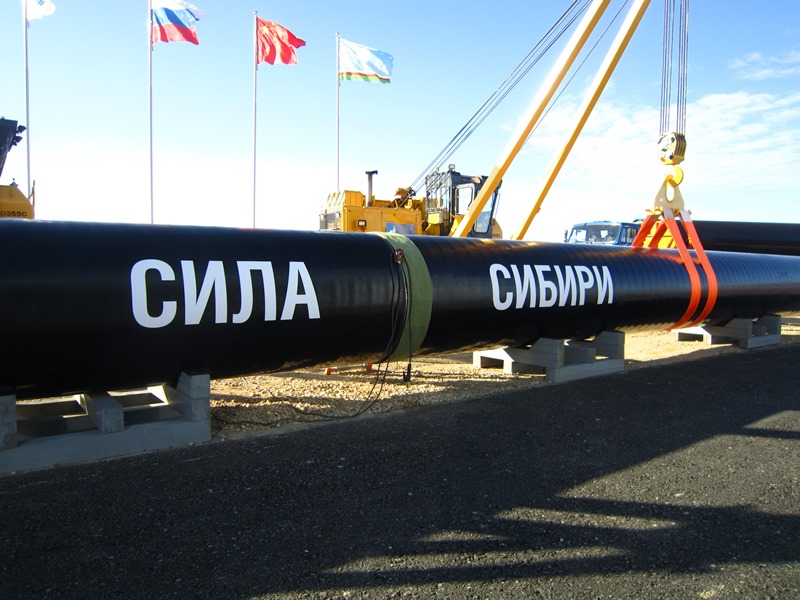
Scientists of the Center for the Economics of Subsurface Use of Oil and Gas of the Trofimuk Institute of Petroleum Geology and Geophysics SB RAS assessed the resources that ensure the operation of the Power of Siberia gas pipeline, which connects Russia and China.
Scientists of the Center for the Economics of Subsurface Use of Oil and Gas of the Trofimuk Institute of Petroleum Geology and Geophysics SB RAS assessed the resources that ensure the operation of the Power of Siberia gas pipeline, which connects Russia and China.
According to INGG’s current estimates, the key natural gas fields for the Power of Siberia — Chayandinskoye and Kovyktinskoye — have sufficient reserves to ensure stable supply until the end of the 21st century. The Chayandinskoye field has reserves of 1.04 trillion cubic meters, and the Kovyktinskoye field has reserves of 1.65 trillion cubic meters. This makes it possible to produce 25 billion and 27 billion cubic meters of gas per year, respectively.
It is expected that gas supplies to China via the Power of Siberia will reach the contractual level of 38 billion cubic meters per year by 2025.
There are also plans to connect the Tas-Yuryakhskoye and Verkhnevilyuchanskoye fields developed by Gazprom PJSC in the Republic of Sakha (Yakutia) to the gas pipeline. It is possible that other fields will be connected to the pipeline in the future. However, according to the INGG SB RAS, by 2050, the Power of Siberia will be reliably provided with its own resources.ч
The full route of the gas pipeline runs through the Irkutsk and Amur Regions, the Jewish Autonomous Region, Yakutia and the Khabarovsk Territory. This opens up new prospects for the development of Russian industry, the INGG stressed.
